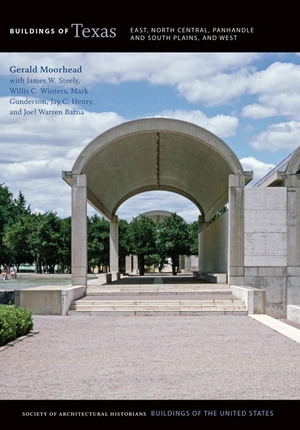
Incongruously wedged between the industrial zone of the rail yards and the commercial strip of downtown, the substantial houses in this residential district are evidence of the ability of a small town to sustain economic prosperity in the shadow of major cities. The brick, two-story Clarence Stewart House (c. 1915) at 223 E. College has the low hipped roofs, broad overhangs, wraparound one-story porches, and wide 15-over-1 windows of the Prairie Style. The Dorris House (1896) at number 224 is a classic Queen Anne pattern book house with a central square tower, cross-gable roofline, porches on Eastlake turned posts, and chamfered corners. It was constructed by local builders Frank and Charles Estill. Frank Singleton designed the two-story Mary Lipscomb Wiggins House (1916; 307 E. College), giving it stronger horizontal lines than the Stewart House. The simple L-plan wooden cottage next door at number 319 was built in 1893.

